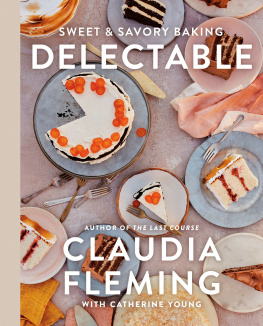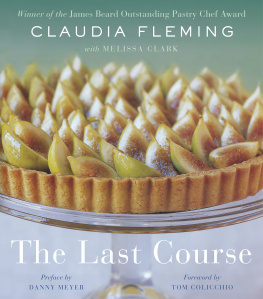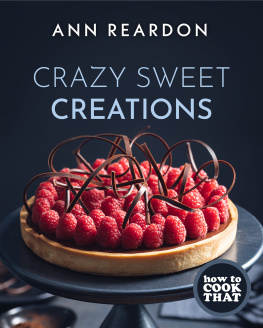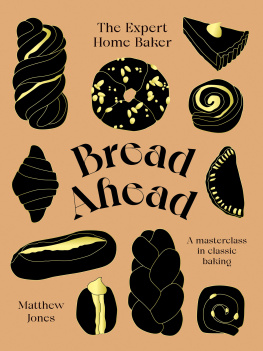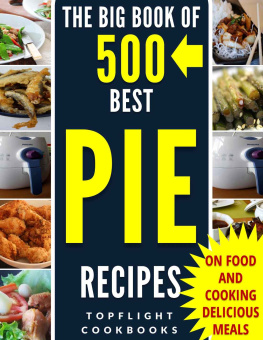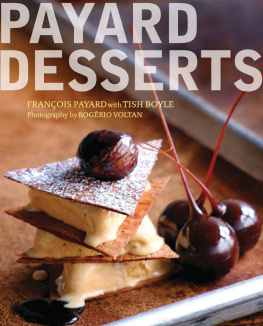Acknowledgments
The recipes I have shared are the product of working at home, mostly alone, but this book is the outcome of a collaboration among talented, dedicated people. First to mind are my wonderful editors Pamela Cannon and Clio Seraphim. Pamela trusted me to bake whatever I wanted in my Southold kitchen, and her confidence freed me to push myself in untried directions. Clio led me through the design process and helped me produce the book I imagined. The entire team at Penguin Random House has been terrific. Sydney Shiffman deserves special thanks for keeping me on track when I returned to work and life began pulling me. I also want to express my appreciation to Elizabeth Rendfleisch, the gifted designer who brought my vision to life, and Kathy Brock, the copy editor who carefully poured over each and every word.
Thinking of the people who made this book happen, I owe my friend and agent David Black a special toast. David encouraged me to put this collection together and continues to offer me his invaluable assistance whenever I call, just as he has since we first began working together over twenty years ago. Thank you, David, and everyone at DBA!
The beautiful photographs in this book were taken by the incredibly talented Johnny Miller. Johnny deserves massive thanks for letting the natural beauty of the food shine and keeping the atmosphere at my North Fork cottage cheerful as we worked. Johnny was supported by the remarkable Sarah Smart, a stylish and elegant prop stylist who always chose just the right plate and setting for every dish. Laurie Ellen Pellicano is a brilliant and lovely food stylist. She helped me cook and style the food pictured in this book. The week of photography simply couldnt have happened without Laurie Ellens mad baking skill and organizational intelligence. My heartfelt thanks also go to my friend Paula DiDonato for supplying us with her delicious juices during the long, scorching days. And, remembering that week shooting at my house, I must give special recognition to my dearest friend and former business partner Mary Mraz; she assisted us however we needed her to. Mary, you fed us all week, keeping us energized and sane. You kept me goingas you always do. Thank you.
My life in food began at home. I found my way back there with these recipes. My sister, Lauren Regan, knows that better than anyone. I am the luckiest little sister to have her by my side and blessed to know I will always have her unconditional love.
I am very grateful to my friends who supported me through this process. I want to thank Susan Spungen, Francesca Abbracciamento, and Melissa Clark. Special thanks to you, Melissa, for leading me to Agatha Khishchenko, who worked diligently to make sure all my measurements are in line. Thank you also to my North Fork neighbors, particularly AJ Hanley and Jim Radosevic, for tasting my pies, cakes, and cookies and offering their input.
Many remarkable people in the restaurant community have had a silent hand in this project. Specific thanks go to Danny Meyer and Tom Colicchiobosses, mentors, and friendsfor all they have taught me. Looking further, I am eternally grateful to all the women and men who bake brilliantly and inspire me and make me better. Nancy Silverton, Dorie Greenspan, Sherry Yard, Emily Luchetti, Elizabeth Faulkner, Shuna Lydon, Zo Franois, Kim Boyce, Dahlia Navarro, Claire Saffitz, Kelly Fields, Stella Parks, Natasha Pickowicz, Francisco Migoya, Miro Uskovic, and Daniel Skurnick, to name just a few, I thank you, and I thank each person on every pastry team Ive ever had the honor to be a part of.
Finally, greatest thanks to Cathy Young, my dear friend, collaborator, coach, therapist, and all-around wonderful person, without whom this book would not exist. Your dedication and discipline kept us going each and every day and got us over the finish line. I am so grateful for your excellence; you have made me better.
By Claudia Fleming
Delectable (with Catherine Young)
The Last Course (with Melissa Clark)
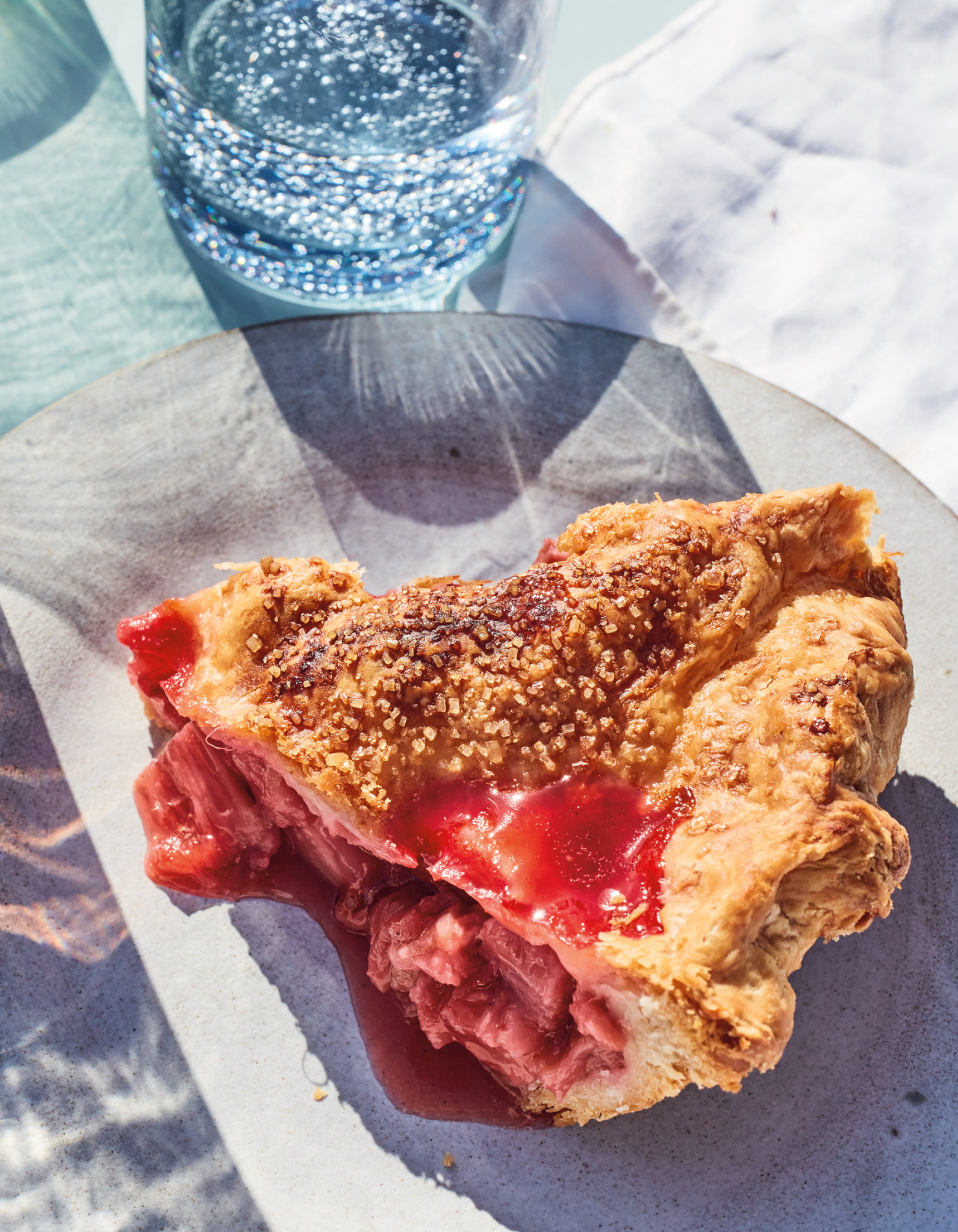
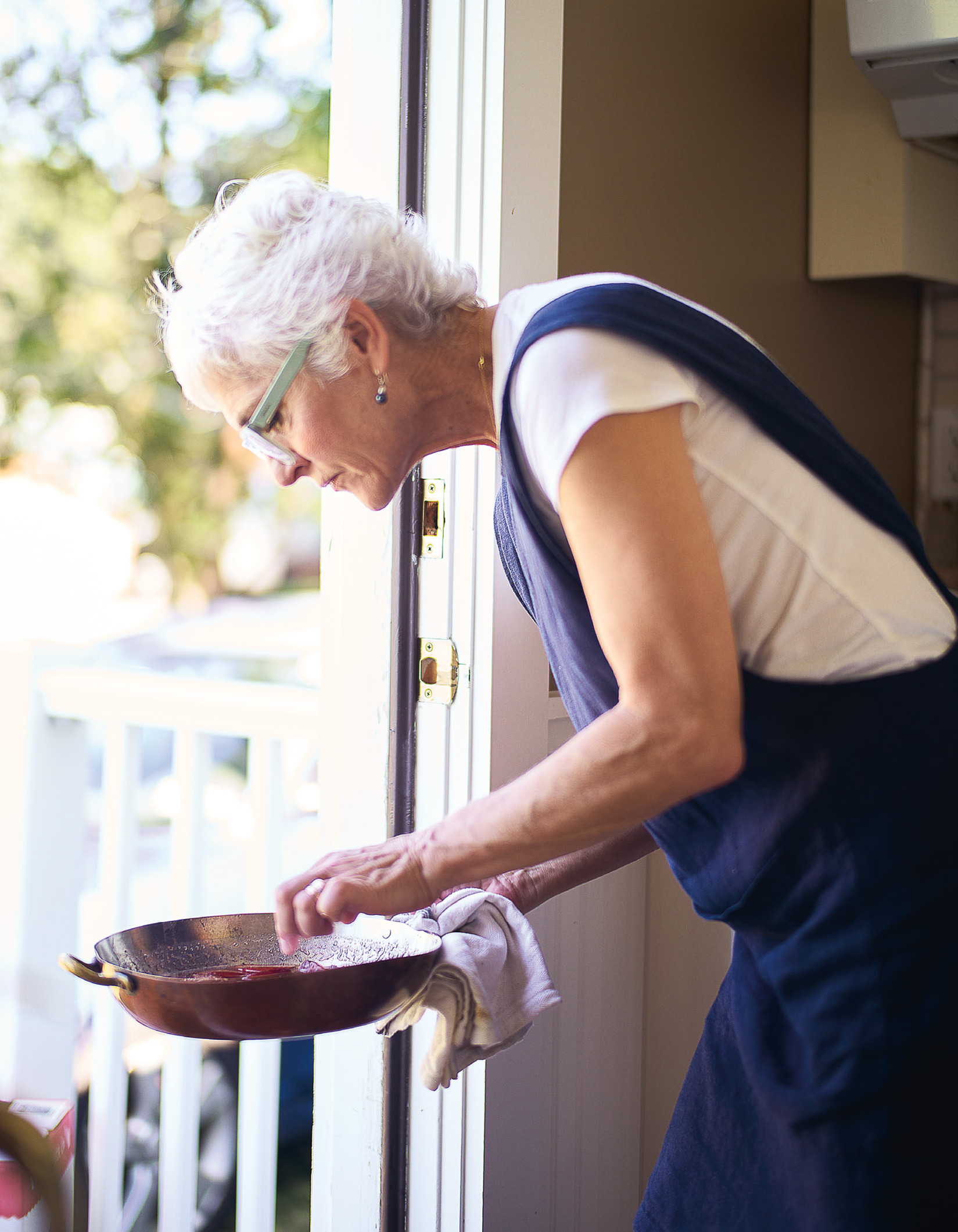
About This Book
Weights and Measures
Pastry cooks and professional bakers require exactitude, so we weigh our ingredients. But, you might ask, is it worth the bother to pull out the scale at home? Absolutely. Simply put, weight measuring equals reliable results.
I weigh dry ingredients because it is more accurate (and tidier), but I know some people prefer to measure by volume, in cups and tablespoons. With certain ingredients, white table sugar for example, that is alright. Sugar is processed, so the small grains are a consistent size, and it is dense, so it settles just about the same way all the time. This means you can move between weight (grams or ounces) and volume (cups or milliliters) without a problem. Youll find general agreement that 1 cup of white sugar weighs approximately 200 grams (7 ounces).
On the other hand, many ingredients are subject to processing variation and/or are unevenly shaped or not sufficiently dense to fill a measure in a dependable fashion. For bakers and pastry cooks, foremost among these problematic ingredients is flour. There is no standard conversion of a cup of flour to grams (or ounces). Writing up these recipes, I knew I needed to understand the scope of this issue, so I did some research. Picking two authorities on food measurement that I am generally inclined to rely on, I found that the United States Department of Agriculture (USDA) assigns a cup of all-purpose (AP) flour a weight of 128 grams (4.5 ounces), while Cooks Illustrated magazine, after extensive testing, averaged their results as 141.7 grams (5 ounces). The difference is definitely enough to impact outcomes.
There are several possible explanations for the inconsistency. First off, brands of flour differ. Per their respective websites, 1 cup of King Arthur AP flour weighs 120 grams (4.2 ounces), 1 cup of Bobs Red Mill AP flour weighs 136 grams (4.8 ounces), and 1 cup of Pillsbury AP flour weighs 129 grams (4.5 ounces). These disparities are, in part, because the products are not identical. Each manufacturer has its own blend of hard and soft wheat, leading to AP flours with gluten contents ranging from below 8 percent to over 11 percent. The differences also reflect the fact that powdery flour is hard to measure, and experts dont all go about it the same way. Although all agree that a cup of compacted flour weighs more than aerated flour, the professionals do not share a common response. At Cooks Illustrated, they scoop flour directly from the container with a cup measure, then sweep away the excess. Testers at Serious Eats spoon flour from the container, pour it into a cup, and then swipe extra. (This is also my preferred method.) To complicate things further, how flour settles (compacts) in the container and in a measure is affected by humidity.
Even when the same person works with the same volume measure and product on the same day, the results vary if you are not extremely careful. I measured cups of King Arthurs APthe type of flour I used to test many of the recipes in this bookthen weighed my results. I found 1 cup quite consistently weighed about 140 grams (4.9 ounces). Note that my results are different from the manufacturers. Why? They indicate on their website that they measure using a method they call fluff, sprinkle, and scrape. I dont fluffor stir flour up before its measured. Ive found that step adds an unpredictable amount of air, so the volume changes inconsistently.

